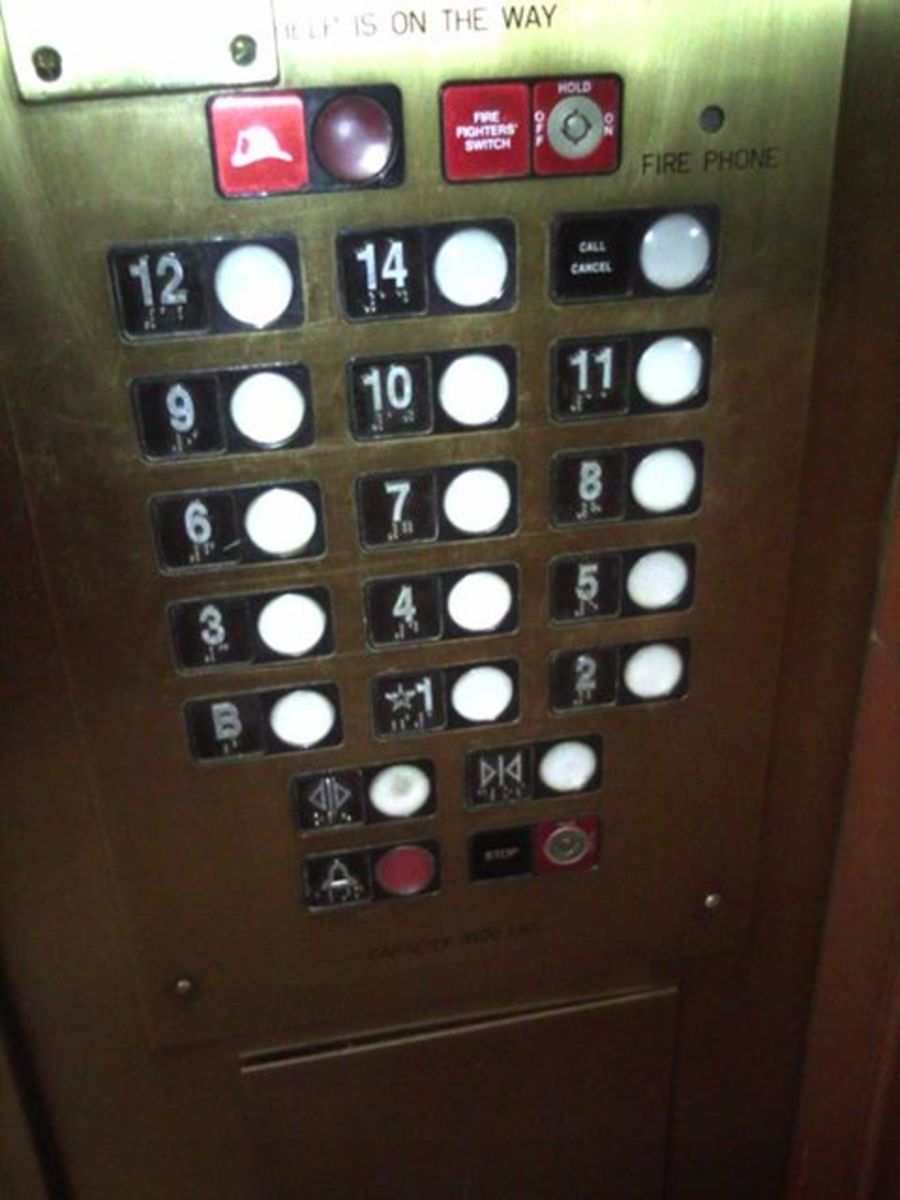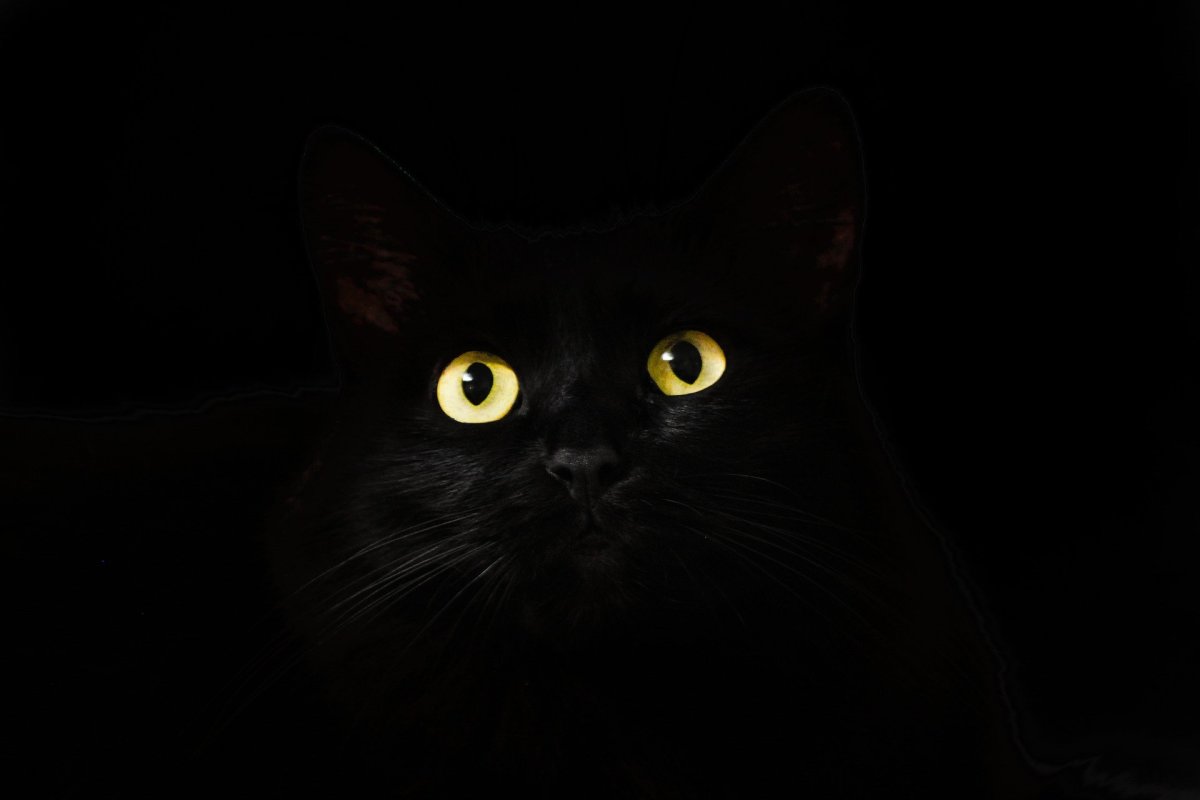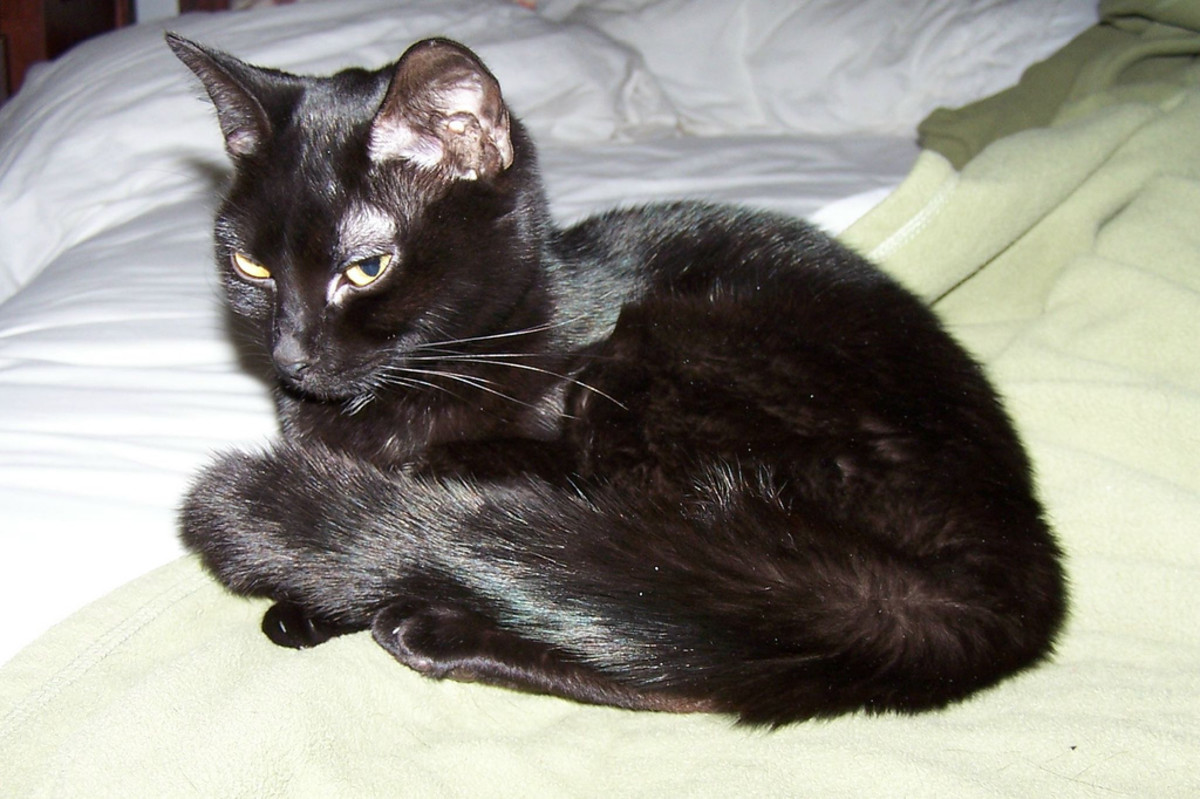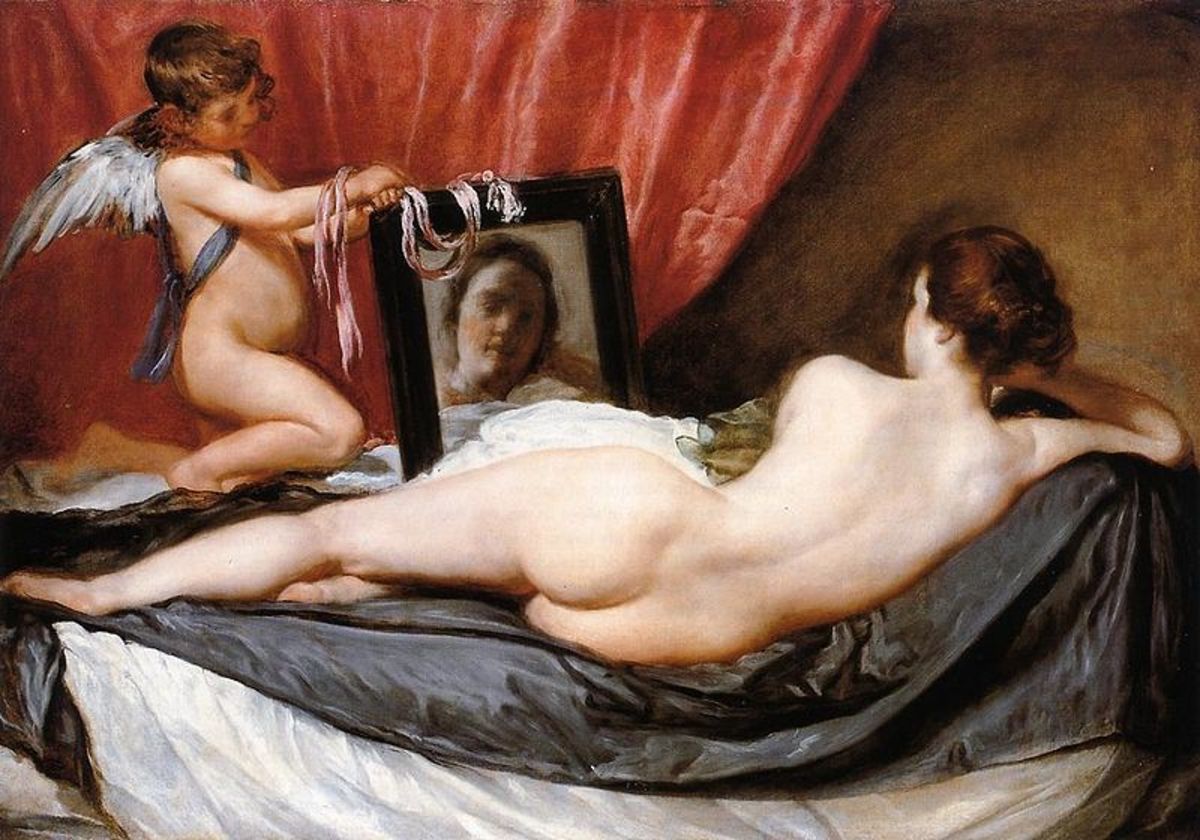Common Superstitions and Myths, Part 2
Information on the funny features of our culture, continued, and just in time for Halloween.

Black Cats
Black cats have been strongly associated with the supernatural for centuries, connoting both good and bad luck depending on the region. In the British Isles and Japan, black cats are a symbol of good luck and are said to bring prosperity to a home, and many sailors wanted black cats on their ships. However, if the black cat walked onto the ship and then walked off, it was a very bad omen- the ship was destined to sink on its next trip! The Egyptians also believed that black cats were lucky, particularly because they were linked to the cat goddess, Bastet.
However, in most of Western and Southern Europe, black cats are said to bring bad luck and used to be suspected of being familiars of witches and able to turn into humans. The first Pilgrims to arrive in Massachusetts would severely punish or even kill someone who was seen with a black cat, and people in Europe in the Middle Ages would often start huge massacres of black cats, burning them in big bonfires. Even today in the United States, black cats suffer from lower rates of adoption from shelters than other cats do!
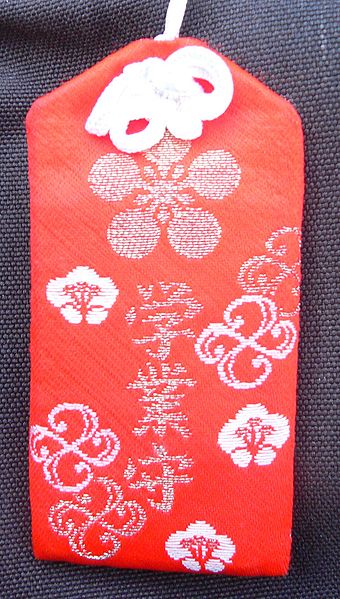
Amulets and Talismans
Amulets and Talismans are found throughout the world as objects that offer the user special protection or powers. Many Middle Eastern people use a blue eye symbol as protection from the evil eye, and many Christians wear crucifixes around their necks. Jews, Christians, and Muslims all consider their religious texts holy and use them as protection, such as by sleeping with one under their pillow.
Many cultures give talismans of people with exaggerated reproductive organs to newlywed couples to promote fertility. It is also a common practice all over the world to give newly born babies a special bracelet or anklet as protection against evil, or to hang protective objects in their shop, home, or car.
Mirrors
Mirrors have long been associated with witchcraft and been attributed magic powers. It used to be said that a mirror was a reflection of the soul, and breaking a mirror will harm the soul until it regenerates 7 years later, bringing 7 years of bad luck. If you break a mirror and are superstitious, you must either grind the mirror up or bury it to counteract the negative effects.
Buddhists believe that hanging a circular mirror in the doorway will keep bad spirits from entering, and in many countries all mirrors in the house need to be covered after the death of a family member, because it is believed that if the ghost sees its own reflection, it will be trapped and unable to leave this world.
There have been many urban legends and horror stories about villains that inhabit mirrors, like that of Bloody Mary, and vampires are said not to have a reflection because they do not have a soul.
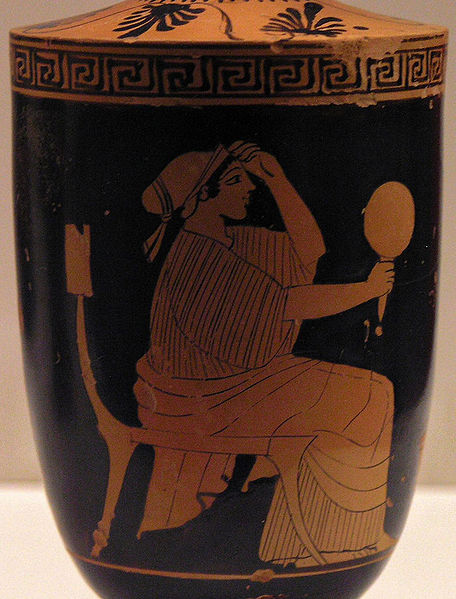
Knock on Wood
In many cultures across the world, knocking on wood or touching wood is a superstitious act that is done or simply stated in order to ensure that a good thing will keep happening after it is acknowledged. This is still widely practiced today, and originated because ancient people believed that trees contained benevolent spirits. When the tree died to be made into a house, furniture, or a tool, it was believed that the original spirit would leave it and that a malicious spirit could take its place. Tapping or hitting the wood was a way to discourage the bad spirits from taking up residence in the wood.
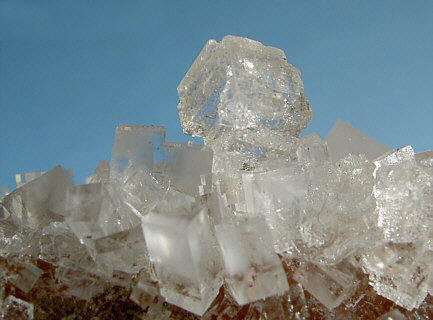
Salt
Salt was a rare and expensive commodity in ancient times, and many cultures see salt as purifying or imbued with magical powers. Spilling salt would incite negative feelings in others. Salt was incorporated into modern religions- the Catholic church uses salt to make Holy Water, and Judas is believed to have spilled salt at Jesus’ last supper. Today, many people still toss a pinch of salt over their left shoulder after it is spilled in order to counteract the bad luck. It is said that the Devil lurks to the back left side of the body, so it is helpful to throw the salt in his face.
Below there is an image of The Last Supper , by Leonardo da Vinci, who showed Judas as having just knocked over the salt container. He is the man with brown hair and a beard, sitting second from the right.
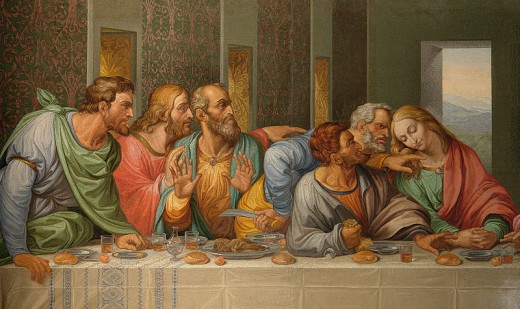
More reading on superstitions and legends:
- Common Superstitions and Myths, Part 1
An overview of myths and superstitions commonly seen in our society, including history and possible origins of phenomena such as the number 13 and the Evil Eye.

